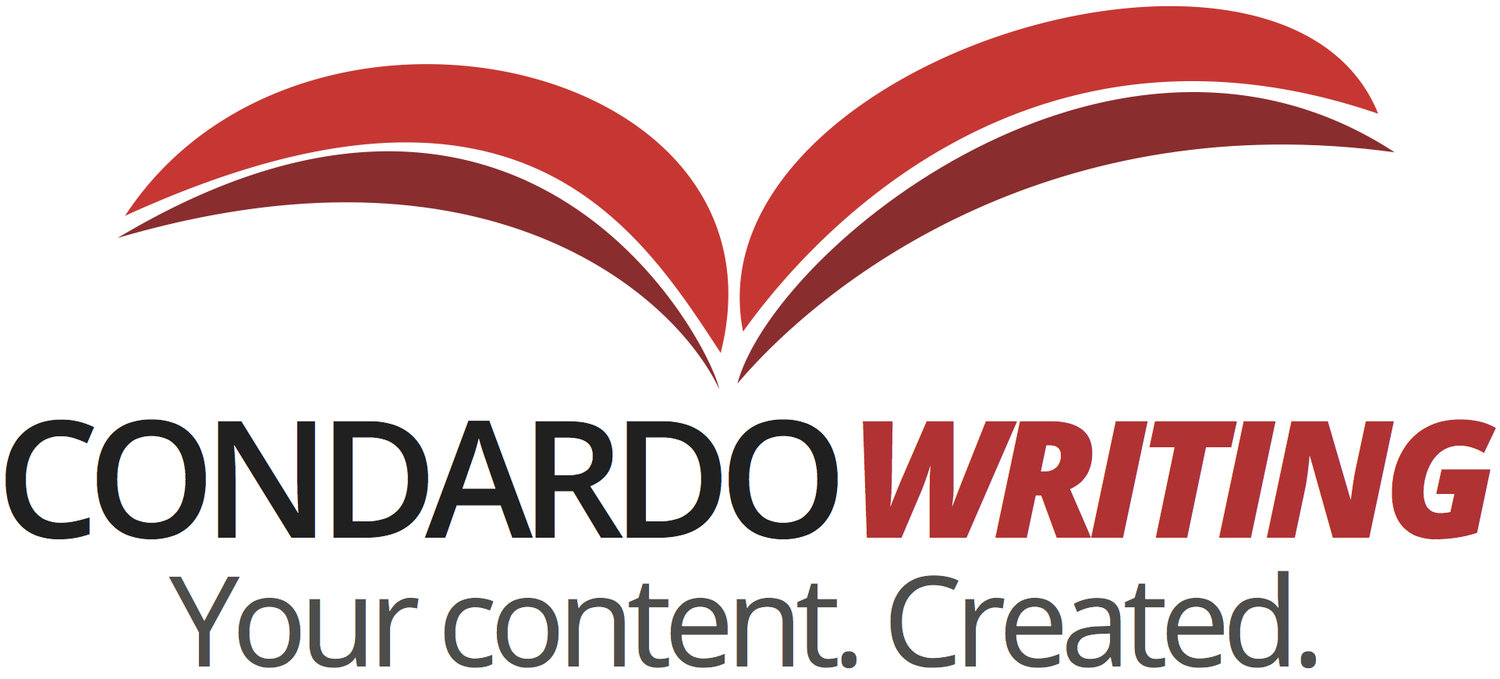Pulitzer Prize winning sportswriter Red Smith once said, "Writing is easy. You just sit at the typewriter until the drops of blood ooze from your forehead." That's what it feels like for many people as they stare at a blank computer screen coming up totally empty as to what to write. The pressure builds as a nagging voice shouts in their head: More content! Publish or perish! Come up with an idea!
Writers are all too familiar with "writer's block" when typing that first sentence becomes overwhelmingly difficult.
Corporate marketing teams can sometimes face the same dilemma. You understand the importance of creating compelling content for your prospects and customers and you know it's a proven way to build relationships and drive revenue. Publishing blog posts, white papers, eBooks, or case studies is the best way to get in front of your target audience to convince them of your expertise in your field and reassure them you understand their issues and can help solve their problems.
But that doesn't make it any easier to create compelling content. Instead of a blank screen, though, you're faced with an empty content calendar. You just don't know what to write about. You're suffering from a problem I call "content block."
I've been on a number of calls with clients who want to produce a white paper, eBook, or blog post series, but are struggling with what the topics should be. To break the block, I'll walk them through a number of possible ideas and eventually we come up with relevant areas of interest we can convert into solid content.
Here are six ideas for topics that will get your creative juices flowing and help you overcome your "content block."
Discuss an industry trend. Pick a hot industry topic and provide your take on it. This will show thought leadership and demonstrate to customers and prospects that you're in tune with current trends. The many newsletters you receive contain a wide variety of issues that would interest your audience. You can also check out brochures on industry conferences and review the list of breakout sessions for a number of topic ideas.
Interview an SME. Most organizations have valuable sources of content right under their noses in their product or service subject matter experts. These individuals not only possess valuable company knowledge but they are also well aware of what's going on with your industry as a whole. Unfortunately, we often fail to take advantage of their vast wealth of knowledge. Sit down with them and ask "So what's new?" Chances are within a short time you'll have an extensive list of topic ideas and the actual content to flesh them out.
Present an opinion on an industry article. We are all inundated with both physical and electronic magazines and articles on a regular basis. It's a good bet you've come across more than one viewpoint with which you disagree. That's great. Make it your next blog post. Linking back to the original article and then providing your unique opinion on it provides your customers and prospects with two sides on a topic of interest. That's the best way to get a dialogue going while honing your thought-leadership chops.
Analyze an industry survey or report. Chances are you often find a report or survey lurking in your email inbox containing information of interest to your target audience. Digest the report, cull out the pertinent points, and put together an analysis explaining what the data means for your prospects and customers. Even if they received the same report, your spin on it could make it more specific and relevant to them.
Offer an objective discussion of a technology you offer. This one can get tricky since if your goal is to be a thought leader, you don't want to jump up on the podium and give a sales pitch. A well written brochure is helpful at certain points in the sales process, but for thought leadership purposes, you want to present a broader look at the topic. For example, one of my clients is a leader in the waterjet cutting field. We did a series of white papers and ebooks discussing the benefits of waterjet technology without specifically mentioning the company's products. We wanted to help educate our target audience and by doing so, we helped cement the company as a thought leader in a growing manufacturing space.
Give a first person problem solving example. These occur on a daily basis but often go unnoticed and unreported. That's unfortunate since they can be among the most powerful pieces of influencing content. Check with your customer service team or sales group for examples of where your product or service solved a customer problem.It can be difficult to get permission from a customer to use their name, but you can make it generic and get the same impact. The result will be similar to a case study with the familiar formula of background, problem, solution, results. This is a great way to provide your prospects with an illustration of what you might be able to do for them.
You may feel the well has run dry when it comes to content will interest your target audience, but that's really never the case. Spend some time thinking about your company, your clients, and your industry and chances are you'll be tapping away at your keyboard in no time.
What have you done to break your "content block?" Where do you find your best content ideas?




